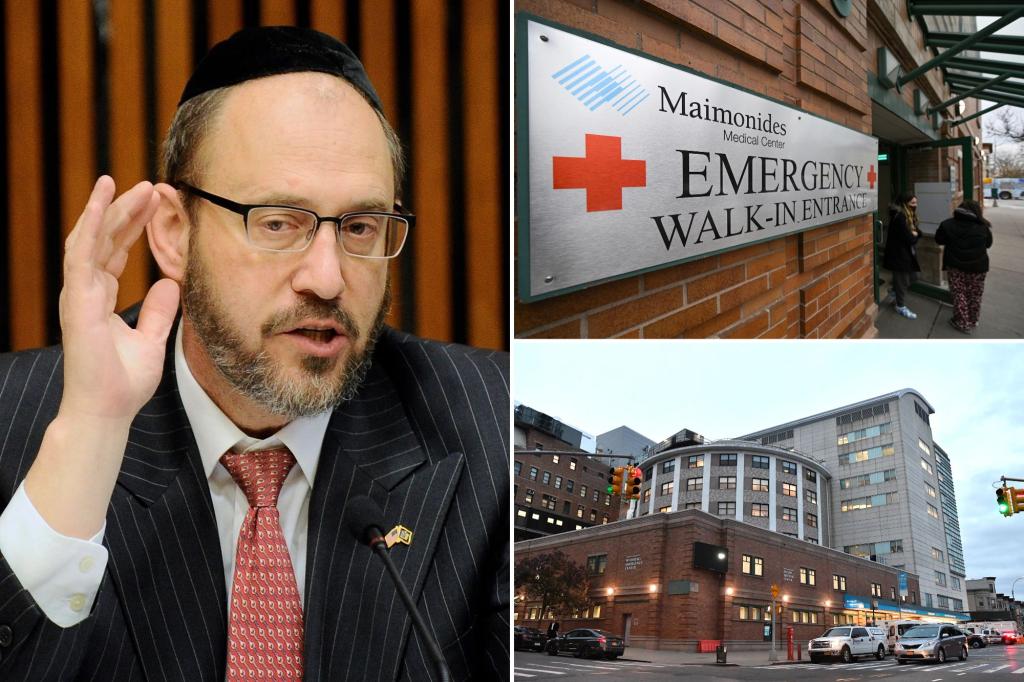- Joined
- Feb 20, 2008
- Messages
- 5
- Reaction score
- 0
University of Chicago: I enjoyed the interview there with the PD and faculty. PD was very approachable! Did not rotate here. one of the top tier programs in my opinion. You work a 3 places, hence, getting a variety in your experience. Heard great things about mt.sinai rotation. Residents get lots of procedure especially at Mt.sinai i have heard. Good CV research going on at UC. Hey it's Chicago!
Case-western/Metrohealth: Interviewed and rotated at this joint. Combined program with cleveland clinic. I rotated at the metrohealth side. My interview went well. I especially enjoyed my interview with some of the faculty from the Cleveland clinic as it was fun, and most of the faculty joke and very laid back; they do like to name drop that cleveland clinic as one of the best hospitals in the country. I enjoyed the faculty when we toured the cleveland clinic. My rotation at metrohealth was ok; faculty don't usually joke that much, and don't look like they are enjoying work. My ideal place would be where people are enjoying work and are having fun while being at work. After all it's EM, that's why we are going into this field instead of being surgical slaves. Watch out for the program director, from the shifts and teaching conferences, a total bully; usually threatening to residents, who look afraid of him and unhappy overall. The PD uses sarcasm to be judgmental about decision making of residents that is quite degrading. They do have nice teaching rounds everyday at 11 am during shifts for 10 mins. Busy ED, probably 90-100K at metrohealth side, and 60K at cleveland clinic side. Both sides have a very similar electronic record keeping so don't have to learn 2 completely separate systems. Lot's of trauma experience can be a plus or minus.
Maimonides: Did not rotate, did interview. Their chairman is one of the old school guys/founder of EM field. Pretty good EMS system that services the program. I think they have subsidized housing. Don't like Yankees. The hospital is in a nice neighborhood. Not much trauma. Not much else to say.
Case-western/Metrohealth: Interviewed and rotated at this joint. Combined program with cleveland clinic. I rotated at the metrohealth side. My interview went well. I especially enjoyed my interview with some of the faculty from the Cleveland clinic as it was fun, and most of the faculty joke and very laid back; they do like to name drop that cleveland clinic as one of the best hospitals in the country. I enjoyed the faculty when we toured the cleveland clinic. My rotation at metrohealth was ok; faculty don't usually joke that much, and don't look like they are enjoying work. My ideal place would be where people are enjoying work and are having fun while being at work. After all it's EM, that's why we are going into this field instead of being surgical slaves. Watch out for the program director, from the shifts and teaching conferences, a total bully; usually threatening to residents, who look afraid of him and unhappy overall. The PD uses sarcasm to be judgmental about decision making of residents that is quite degrading. They do have nice teaching rounds everyday at 11 am during shifts for 10 mins. Busy ED, probably 90-100K at metrohealth side, and 60K at cleveland clinic side. Both sides have a very similar electronic record keeping so don't have to learn 2 completely separate systems. Lot's of trauma experience can be a plus or minus.
Maimonides: Did not rotate, did interview. Their chairman is one of the old school guys/founder of EM field. Pretty good EMS system that services the program. I think they have subsidized housing. Don't like Yankees. The hospital is in a nice neighborhood. Not much trauma. Not much else to say.

